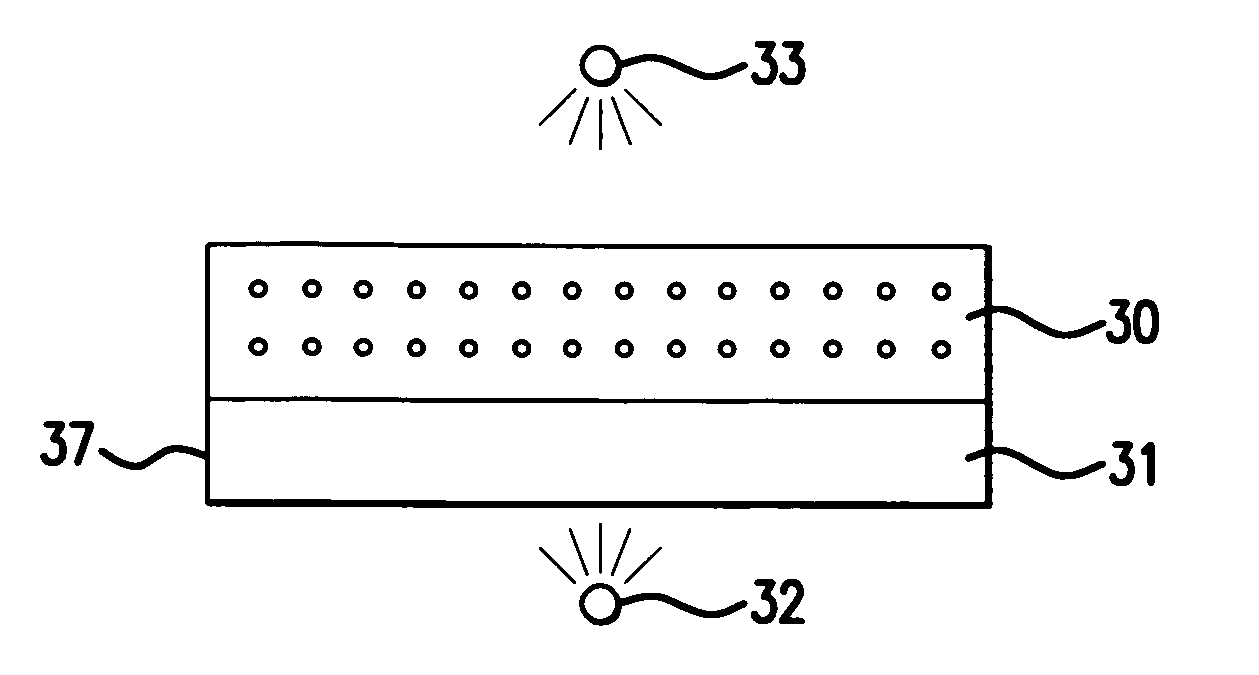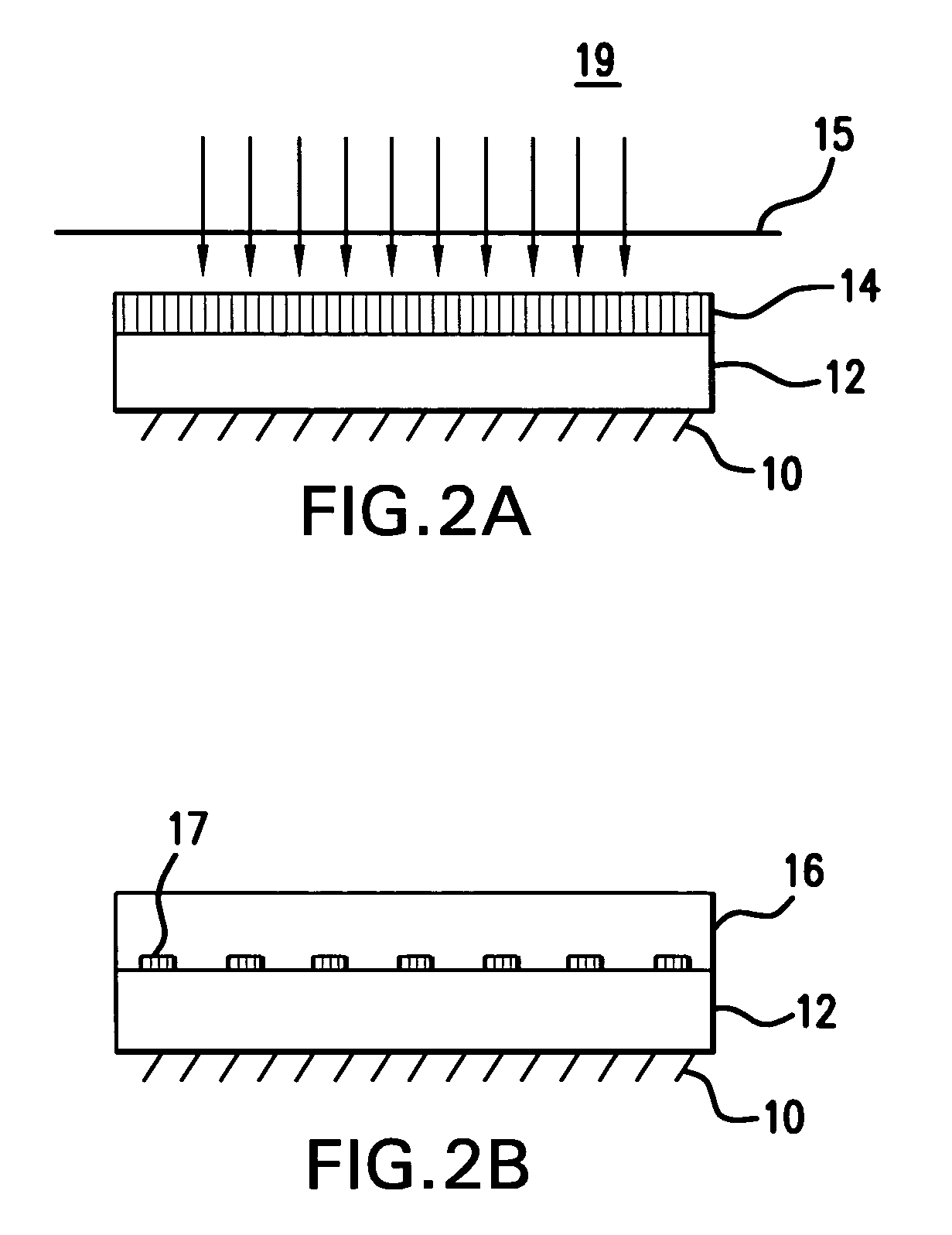Steady-state non-equilibrium distribution of free carriers and photon energy up-conversion using same
a free carrier and non-equilibrium technology, applied in the direction of instruments, material analysis through optical means, optical elements, etc., can solve the problems of limited application usefulness, high cost and complexity of hybrid technologies, and intense expenditure of resources to improve, so as to improve the detection and processing of optical signals, the effect of high efficiency
- Summary
- Abstract
- Description
- Claims
- Application Information
AI Technical Summary
Benefits of technology
Problems solved by technology
Method used
Image
Examples
Embodiment Construction
)
[0079]Within one exemplary embodiment of the present invention, a Steady-State Non-Equilibrium Distribution (“SNED”) of free carriers is created in a specialized media generally referred to hereafter as a “composite structure.” Additionally or alternatively, free carriers induced within the composite structure are confined in mesoscopic sized regions that are separated from a surrounding wide-bandgap material by an energetic barrier. The so-called “height” of the energetic barrier is a measurement of the energy required for a free carrier to overcome the barrier and penetrate from a mesoscopic sized region into the surrounding wide-bandgap material. The height is determined by a difference in electron affinities as between the components forming the composite structure and the number of surface states on the boundaries between these components.
[0080]“Free carriers” are charged carriers able to move freely through a material, as compared with other carriers bound up within the atomi...
PUM
| Property | Measurement | Unit |
|---|---|---|
| size | aaaaa | aaaaa |
| size | aaaaa | aaaaa |
| size | aaaaa | aaaaa |
Abstract
Description
Claims
Application Information
 Login to View More
Login to View More - R&D
- Intellectual Property
- Life Sciences
- Materials
- Tech Scout
- Unparalleled Data Quality
- Higher Quality Content
- 60% Fewer Hallucinations
Browse by: Latest US Patents, China's latest patents, Technical Efficacy Thesaurus, Application Domain, Technology Topic, Popular Technical Reports.
© 2025 PatSnap. All rights reserved.Legal|Privacy policy|Modern Slavery Act Transparency Statement|Sitemap|About US| Contact US: help@patsnap.com



